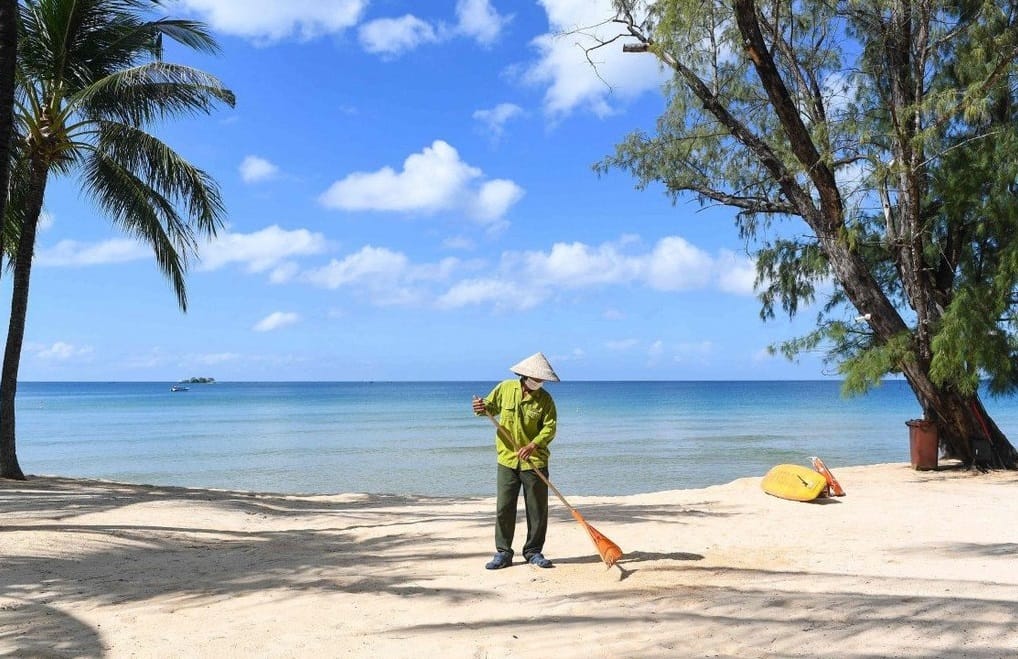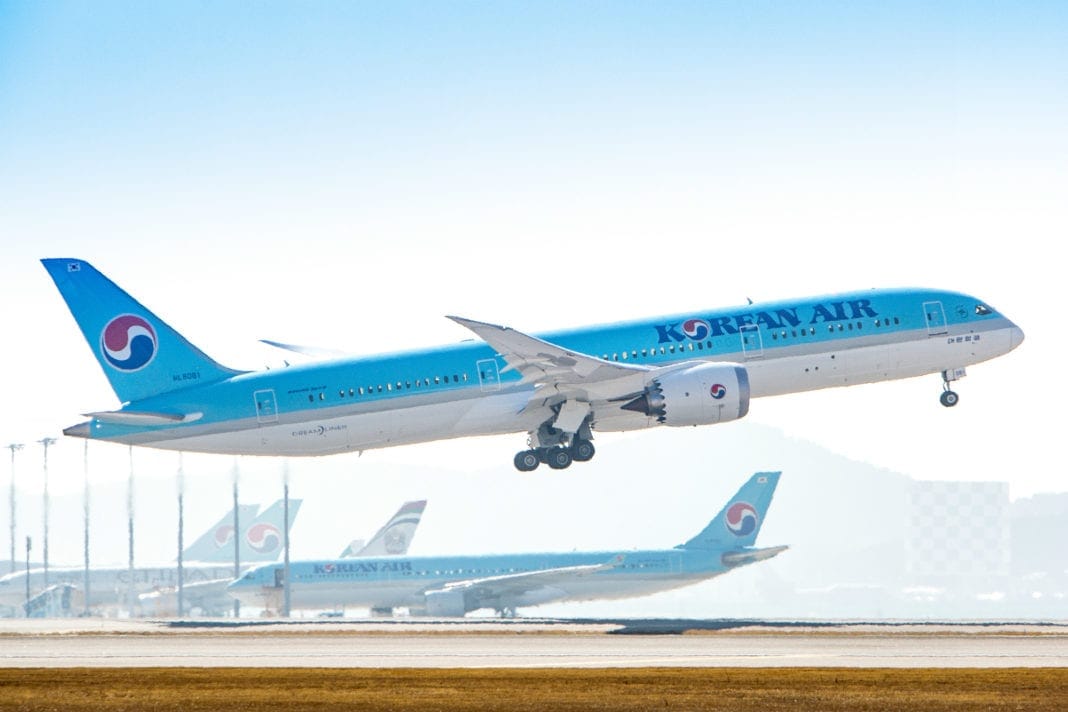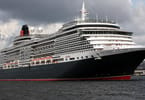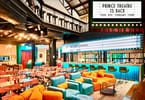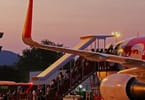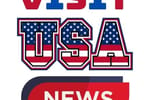NEW YORK – Negin Farsad, a filmmaker and comedian, recalled a time not long ago when European friends would visit New York just to see her, and not, she said, to use her apartment as a “temporary locker for their shopping bags.”
Farsad, 32, recently escorted two friends from London on the inevitable Europeans-clean-out-the-Apple-store shopping excursion, where they purchased a top-of-the-line MacBook Pro for nearly $3,000, plus hundreds of dollars worth of extra memory (why not?), and continued on a spree that included East Village boutiques and Bloomingdale’s downtown. During the evenings, the couple – both of whom work in television production back home – dined at a trendy downtown restaurants and partied at a chic bars, without concern as to cost.
“Back home they’re just run-of-the-mill cubicle people,” Farsad said, “but here, they’re like three parts Kimora Simmons and two parts Oasis, circa 1995.”
This summer, New York is awash with visitors from abroad – projected to top the record number reached last summer, tourism officials say. Thanks in part to home currencies that are holding strong against the dollar, even middle-class vacationers from Hamburg, Yokohama or Perth can afford to scoop up New York style – the clothes, the hot restaurants, the nightclubs – on the cheap.
But for New Yorkers trapped on the other side of the currency imbalance, it’s easy to feel ambivalent about the invasion. An infusion of foreign money is welcome in a city faced with a wobbly economy and a possible budget gap in the billions of dollars. But even some locals who consider themselves cosmopolitan and internationalist confess to feeling envy, not to mention territorialism, in watching a outsiders treat their city like a Wal-Mart of hip.
Their party is raging just as New York’s hangover has started to set in. Frictions do arise, especially in a summer of looming recession, where many locals do not feel rich or secure enough to travel abroad themselves. (And let’s not even get into the six weeks of summer vacation in most European countries).
“It’s Psych 101 – jealousy,” said Randi Ungar, 30, an online advertising sales manager who lives on Manhattan’s Upper West Side.
Steven Schoenfeld, a 45-year-old investment manager who lives near Lincoln Center, said that he welcomed the influx of visitors, in theory, as a boost to the local economy, but “sometimes you feel like it’s going to become a situation where they stop and take a picture – ‘Look at that endangered species – a native New Yorker, with a briefcase, going to work.”‘
Polly Blitzer, a former magazine beauty editor who runs a beauty Web site, said she felt like this summer had turned into a turf war with free-spending Europeans over the chic bistros, spas, boutiques and department stores that she, a native New Yorker, used to consider her playground.
She said the point was driven home to her on a recent trip to Bergdorf Goodman to help her fiancé select a pair of shoes to go with his tuxedo for their wedding. Wearing the sort of outfit that usually acts as a siren for department store salespeople – a Tory Burch shift dress and Jimmy Choo slingback heels – she instead found herself waiting behind a European couple in sneakers and bike shorts who “had made such massive purchases that we couldn’t get anyone to give us the time of day,” Blitzer, 32, recalled. She was always used to first-class service, she said. “But now, there’s an ultrafirst.”
New Yorkers without Bergdorf’s budgets often find themselves working overtime – figuratively and literally – to keep up with their visiting friends from Europe or Asia.
Jessica Le, an executive assistant at an investment banking firm, said she recently started moonlighting as a dog-walker to earn extra income she needs to see friends from abroad, who are dining at the chic and expensive WD-50 or Suba, or drinking at Thor.
These foreign friends “come over and play in New York like it’s Candyland,” she said in an e-mail message. Still, she said she tried to keep it in perspective. Last year, she went to Vietnam and enjoyed evenings of fine dining for 10 people at less than $20 a person, where, she said, “I felt like I was in my own Candyland.”
The number of international travelers who will visit New York between June and August is expected to rise by 120,000 from an estimated 3.12 million last summer (that number was a record and a 20 percent jump from 2006), according to forecasts by NYC, the city’s tourism and marketing bureau.
Meanwhile, the euro has hovered near record highs against the dollar all summer; it is up 22 percent in the past two years, and since 2001, has nearly doubled in value against the dollar.
Over the past five years, the yen is up nearly 12 percent against the dollar, the British pound 23 percent, the Swiss franc nearly 31 percent, the Danish krone 42 percent, and the Australian dollar nearly 45 percent.
Feeling flush, foreign visitors are noticeably more lavish in their spending habits, said some New York merchants and restaurateurs. Richard Thomas, the marketing director of Marquee, a nightclub, said he had witnessed a surge of free-spending European clients this summer.
These are “people with more modest incomes, who wouldn’t just walk up and say, ‘Hey let me get a table’ if they’re back home in London, where it’s too expensive to go to Boujis,” Thomas said, referring to a popular club in that city’s Kensington district. “But in New York, they can get away with it.”
City officials and business owners welcome such extravagance. Many have hailed New York’s wave of tourists as a major factor keeping the city economy afloat during a troubled period.
Some Europeans are quick to point out that what New Yorkers are going through is nothing new to them: for many years, particularly from the end of World War II through the 1960s and then again in the 1980s, the strong dollar contributed to the all-too-common image of the ugly American striding through Europe as if he owned it.
Last week, Global Insight, an economic forecasting firm, reported that New York had vaulted into the top slot among American cities in tourist spending, climbing over Las Vegas and Orlando, Florida.
At EOS New York, a boutique watch and accessories store, the customer base is about 70 percent international, said the company’s owner, Mukul Lalchandani. “Needless to say, with the bad economy, we could use that extra boost of traffic,” he said.
At Buddakan, the hangar-like pan-Asian restaurant in the meat-packing district, foreign traffic has increased by 20 percent to 30 percent in the past four months, the owner, Stephen Starr, said.
“It’s a wonderful thing that in a tough climate economically, you sort of have this insurance policy of foreign money,” Starr said. “And to be honest with you, it’s great to be in a restaurant and to hear so many different languages. It adds to the theater of the experience.”
WHAT TO TAKE AWAY FROM THIS ARTICLE:
- Steven Schoenfeld, a 45-year-old investment manager who lives near Lincoln Center, said that he welcomed the influx of visitors, in theory, as a boost to the local economy, but “sometimes you feel like it’s going to become a situation where they stop and take a picture –.
- Jessica Le, an executive assistant at an investment banking firm, said she recently started moonlighting as a dog-walker to earn extra income she needs to see friends from abroad, who are dining at the chic and expensive WD-50 or Suba, or drinking at Thor.
- She said the point was driven home to her on a recent trip to Bergdorf Goodman to help her fiancé select a pair of shoes to go with his tuxedo for their wedding.





